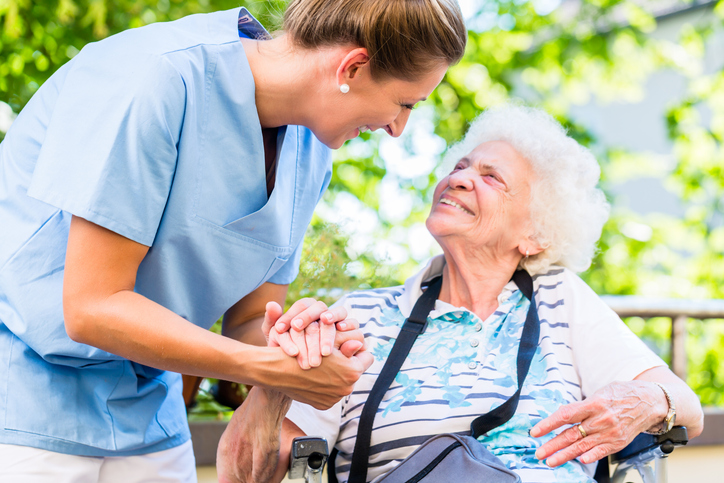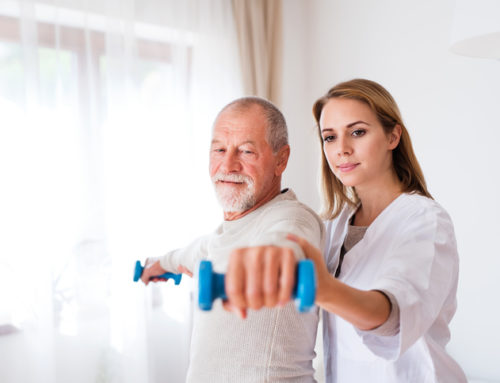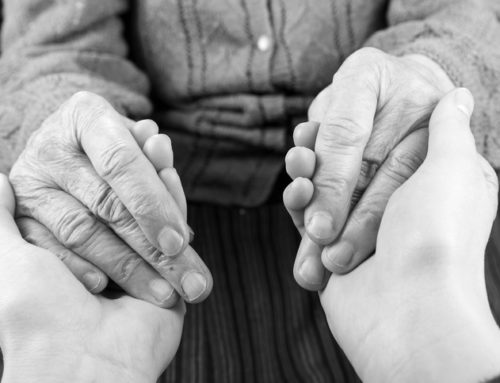Parkinson’s Disease does not necessarily randomly choose its victims. If you or a loved one has this disease, you may be asking the question… why me? Why them?
The answer is not necessarily a simple one. There are several reasons why one person may be more susceptible to getting Parkinson’s Disease over another. The risks, however, are clear.
Before discussing the risks of getting Parkinson’s Disease, understanding the processes by which this happens is also multi-faceted. Similar to Alzheimer’s Disease, neurons in the brain start to break down and eventually die off. These neurons lose the chemical, known as dopamine, which sends necessary messages to the brain. These reduced levels of dopamine causes abnormal brain activity leading to Parkinson’s Disease.
It has also been discovered that people with Parkinson’s Disease suffer from changes in the brain due to the presence of Lewy bodies—these are clumps of specific substances within brain cells that are microscopic markers of Parkinson’s disease. Researchers believe these Lewy bodies hold an important clue to the cause of Parkinson’s disease. Probably the most difficult of it all, are why these changes are happening. Although researchers believe that Lewy Bodies are a good clue to why PD occurs, they still do not completely understand why. Risks of PD The risks of PD are not so clear-cut. Although still baffling to the scientific community, they have been able to piece together significant data to help the public understand and recognize the risks. The Progression of Parkinson’s Disease As the progression of Parkinson’s Disease occurs, there are several complications from minor to severe that can significantly alter one’s quality of life. Adjusting to this new normal can be quite difficult. Caregivers must be able to recognize the changes in their patient’s abilities as the disease progresses and the decline in health becomes more evident. Fortunately, there are a plethora of available products specifically designed to make it easier for the PD patient to remain at home. The adaptable products help to better assist the patient and caregiver to perform the Activities of Daily Living, including eating, bathing, dressing, grooming. Although the causes of PD are not completely understood, there has been some proof that engaging in regular aerobic exercise may help to reduce the risk of PD. 1, 2 https://www.mayoclinic.org/diseases-conditions/parkinsons-disease/symptoms-causes/syc-20376055





